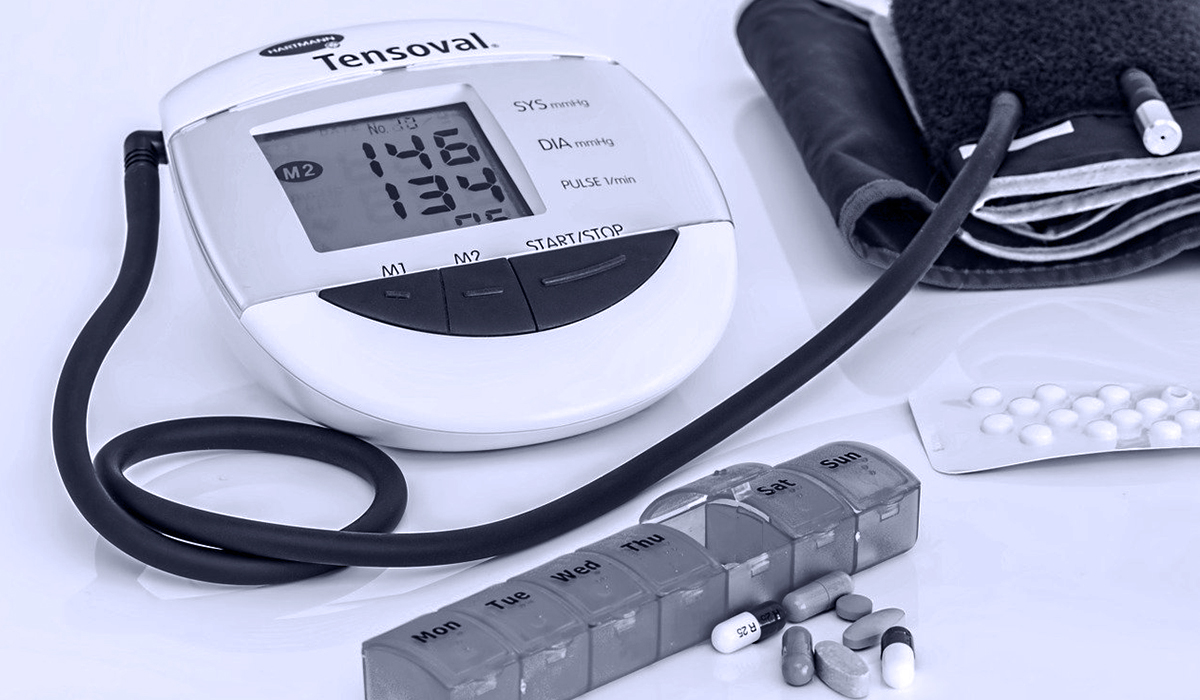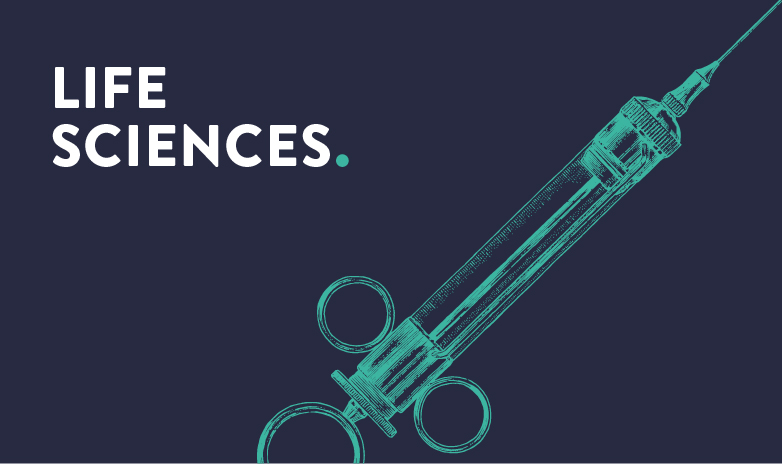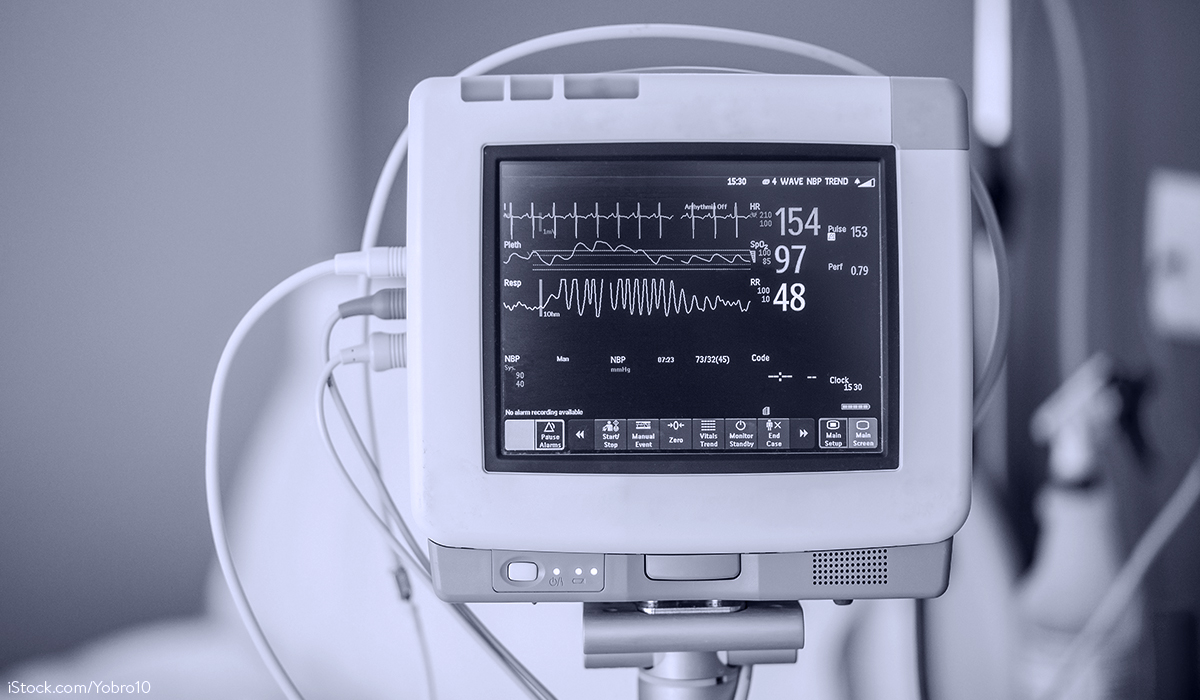This article forms the penultimate part of the series of blog posts entitled “What’s Changing in 2024”, in which the experts from the Produktkanzlei team summarise the relevant topics from their respective areas of expertise. Firstly, we highlight important dates for legacy devices under the Medical Device Regulation (EU) 2017/745 (MDR) and the European Database for Medical Devices (EUDAMED) (see A.), as well as the impact of the draft amended Product Liability Directive and the draft of the Artificial Intelligence Act on the medical device sector (see B.). We outline the current status of the legislative process for the European Health Data Space (see C.) and provide an overview of the “Digitalgesetz”, the “Datennutzungsgesetz” and the initiative for a “Medizinforschungsgesetz” as key projects of the German legislator with relevance for the life sciences sector (see D.).
A. MDR – Transition periods for Legacy Devices and EUDAMED
The transition periods for medical device manufacturers of legacy devices and substitute devices will continue to keep them busy this year. With the entry into force of the amending Regulation (EU) 2023/607 in March 2023, the transitional periods of the MDR were extended until the end of 2027 or 2028, depending on the risk class, due to the structurally insufficient capacities of the notified bodies. We have already provided details on this in the blog post (“Second Amendment” entered into force – new transitional periods for (certain) medical devices under Regulation (EU) 2017/745 (MDR)).
Manufacturers who want to benefit from these significantly extended transitional periods should keep the following deadlines in mind this year:
- No later than 26.05.2024, the manufacturers has put in place a quality management system in accordance with Art. 10 para. 9 MDR,
- no later than 26.05.2024, the manufacturer or the authorized representative has lodged a formal application with a notified body in accordance with Section 4.3., first subpara. of Annex VII for conformity assessment for a legacy device or substitute device, and
- no later than 26.09.2024, the notified body and the manufacturer have signed a written agreement in accordance with Section 4.3, second subpara. of Annex VII MDR.
What will definitely still not changing in 2024 is the EUDAMED. In October 2023, the European Commission once again “stretched” its own timeline, as the development of the module for clinical trials in particular is likely to cause difficulties. It is not expected to be fully functional until the second quarter of 2027, with mandatory application then – depending on the module – in the fourth quarter of 2027 or the second quarter of 2029.
Update from 23.01.2024
On 23.01.2024, the Commission published the draft of a third amendment to Regulations (EU) 2017/745 (“MDR”) and 2017/746 (“IVDR”). The plans include a new Art. 10a MDR/IVDR, which is intended to introduce previously non-existent notification obligations for manufacturers when discontinuing certain medical devices, regulations in connection with the gradual mandatory introduction of already functional EUDAMED modules, the postponement of the mandatory application of the coordinated assessment procedure for clinical trials or performance studies and extended transitional periods for in-vitro diagnostics. The COM draft will now be submitted to the European Parliament and the Council for adoption. See here for the draft 3rd amendment and accompanying Q&A.
B. Effects of the EU Product Liability Directive and the Artificial Intelligence Act on Medical Devices
The drafts of the Product Liability Directive and the Regulation on Artificial Intelligence Act (AI Act) are in the final stages following the respective trilogue negotiations. Medical devices are not only subject to the new Product Liability Directive, they also explicitly fall within the material scope of the AI Act according to its Annex II and are categorised as so-called high-risk AI systems. As such, they must fulfil certain performance and transparency requirements. Against this background, both legal acts will also have a significant impact on the medical device sector. In contrast, the initiative for an AI Liability Directive does not appear to be pursued in parallel with the amendment of the Product Liability Directive for the time being. We have already reported on the current status of the legislative process and the content of the legal acts in our blog post (“This will change in 2024: Product-related IT and AI regulation and product liability law”).
C. European Health Data Space (“EHDS”) – Current status of the legislative process
In May 2022, the European Commission published the proposal for the European Health Data Space. We covered the key points of the planned regulatory content last year in our blog post (“This will change in 2023: Life Science”).
Since the proposal was published, it has been intensively negotiated by the Member States. In December 2023, the Member States of the European Union reached a common position in the Council on the proposal for a regulation submitted by the European Commission. The agreement between the Member States forms the basis for the upcoming negotiations on the draft regulation with the European Parliament and the European Commission (so-called “trilogue”). On 13.12.2023, the European Parliament then published amendments to the proposed regulation as part of the first reading. These amendments were discussed within the Council on 12.01.2024.
According to the German Federal Ministry of Health, the aim is to conclude the trialogue negotiations during the current legislative period of the European Parliament, which ends in May 2024. In view of the complexity of the issue and the fact that an agreement on the proposed regulation alone could only be reached 18 months after its publication, this timetable appears very ambitious.
D. Digitalisation offensive of the German legislator in the healthcare sector
The Digitalgesetz (Digital Act), the Datennutzungsgesetz (Health Data Utilisation Act) and the Medizinforschungsgesetz (Medical Research Act) are three interlinked legislative projects at national level that are due to come into force this year and aim to significantly strengthen Germany as a pharmaceutical and research location.
I. Digital Act (“DigiG”)
On 14.12.2023, the Federal Council passed the “Act to Accelerate the Digitalisation of the Healthcare System” (“Digitalgesetz”, DigiG for short). The DigiG is intended to simplify everyday treatment for doctors and patients with the help of digital solutions. According to the Federal Government’s explanatory memorandum, the DigiG aims in particular to
- utilise the potential of the electronic patient file (elektronische Patientenakte, ePA for short) to increase patient safety and the quality of medical and nursing care by integrating it into care across the board by switching to an opt-out solution,
- further develop the e-prescription (E-Rezept) and make it mandatory,
- making digital health applications (Digitale Gesundheitsanwendungen, DiGA for short) even more usable for healthcare and further developing video consultations and teleconsultations in a quality-orientated manner.
While the ePA is not due to be set up for all people with statutory health insurance until early 2025, the establishment of the e-prescription as a binding standard in the provision of medicines and the extension of digital health applications (DiGA) to digital medical devices in risk class IIb are already relevant this year. According to the agenda, the DigiG is expected to be finalised as agenda item 3 in the meeting of the German Federal Council on 02.02.2024. Entry into force in spring 2024 is therefore not unlikely.
1. E-Prescription
A central component of the DigiG is the introduction of the e-prescription. The electronic prescription or “e-prescription” replaces the familiar pink paper prescription. The digital prescription was already introduced in Germany in 2022 and has been successively expanded. Since 01.01.2024, the e-prescription has been mandatory for all people with statutory health insurance. As the legislator wants to completely replace the previous paper prescription with this measure, there is no opt-out for the e-prescription. Patients who do not wish to use an app to redeem their prescription can use their electronic health card to redeem it or receive the access data for their e-prescription as a paper printout.
How the e-prescription works: The treating doctor creates and signs the prescription digitally and forgery-proof and then stores it in a centralised system, the so-called “e-prescription specialist service”. The e-prescription has a digital code that is unique and contains all the important information for the prescription. This code is transmitted directly to the patient – to the electronic health card or to the e-prescription app. At the pharmacy, patients can then redeem the prescription either by health card, e-prescription app or paper printout. The pharmacy also uses the specialised e-prescription service to retrieve the prescription.
The e-prescription offers many advantages. It simplifies processes in doctors’ surgeries and pharmacies, avoids paperwork and thus creates more time for patients. The digital prescription is indispensable for video consultations, for example. Insured patients can send the prescription to their pharmacy via app and order the medication in advance. This significantly reduces the workload for patients, doctors’ surgeries and pharmacies.
However, there are also data security risks associated with e-prescriptions that cannot be dismissed. The legislator has therefore provided for technical and organisational measures when establishing the e-prescription in order to reduce these risks. To protect against unauthorised access, e-prescriptions are to be encrypted several times during digital transmission from the doctor’s surgery to the pharmacy and stored securely. In addition, each e-prescription should only be honoured once. Finally, to protect against counterfeiting, the e-prescription should only be able to be signed and processed by the doctor.
2. Extension of DiGAs to Medical Devices in risk class IIb
At the end of 2019, the Act for Better Care through Digitalisation and Innovation (Digitale-Versorgung-Gesetz, DVG for short) in Section 33a SGB V created an entitlement for insured patients to care with digital health applications (DiGA). However, this entitlement to benefits previously only covered class I or IIa medical devices. The DigiG is now intended to extend this entitlement to medical devices in risk class IIb.
The German Federal Government’s draft bill sets out the aim: firstly, the extension is intended to integrate DiGA more deeply into the care processes. This means that software medical devices can also be used as DiGA in future for critical treatment contexts, such as software-based dosing of insulin. The expansion of the risk classes should also enable the implementation of technical procedures for data-supported, real-time management of diseases over a geographical distance (telemedical monitoring). The pricing of DiGA is also to be more closely aligned with success criteria and thus be even better utilised for controlling the service. To this end, the DigiG provides for the establishment of transparent quality competition. Specifically, all DiGA listed in the directory are to be subject to mandatory application-related performance measurement, the results of which are to be continuously reported to the German Federal Institute for Drugs and Medical Devices and published in the directory.
II. Health Data Utilisation Act (“GDNG”)
On 14.12.2023, the German legislator passed the “Health Data Use Act” (“Gesundheitsdatennutzungsgesetz”, GDNG for short) together with the DigiG. The GDNG aims to improve research opportunities and the commercial use of health data in Germany. The GDNG was originally scheduled to come into force on 01.01.2024. However, despite the delay, it is unlikely to be long before it comes into force. According to the agenda, the law is expected to be finalised as agenda item 2 at the German Federal Council meeting on 02.02.2024. It is therefore likely to come into force in spring 2024.
The most important contents of the GDNG at a glance:
In future, “data users” will be able to access data stored by “data-holding bodies”. Data-holding bodies include the Health Research Data Centre and the Centre for Cancer Registry Data at the Robert Koch Institute. The data-holding bodies should be able to decide on request whether access to the requested data should be granted. If the data-holding body grants access to the requested data, it may only be processed by the data users for the authorised purposes, which must be linked to the aspect of public interest. If authorisation is granted, the applicant is given access to this data in secure, virtual processing environments. Depending on the data, data should be transferred to the applicant in anonymised and aggregated or pseudonymised form.
In addition, the facilitated use of data is to be supported by the establishment of a central data access and coordination centre at the German Federal Institute for Drugs and Medical Devices (BfArM). This is to assume a central function in the national health data infrastructure. It is to act as an intermediary between the data-holding bodies and the data users and take on coordinating tasks such as informing and advising data users. The central body is also designated to fulfil the tasks arising from the European Health Data Space (EHDS) Regulation.
This already makes it clear that the GDNG is closely linked to the EHDS initiative in terms of its objectives. The relationship between these two sets of regulations is therefore addressed and explained in the German Federal Government’s draft. The draft states that the measures to expand the decentralised health data infrastructure are intended to anticipate the key European requirements expected in the EHDS in accordance with European law in order to ensure the future connectivity of the health data infrastructure to the EHDS at an early stage. This approach also makes it possible to significantly improve data availability for healthcare institutions even before the EHDS comes into force.
III. Medical Research Act
Finally, on 01.01.2023, the German Federal Ministry of Health presented a further legislative initiative as a component of the federal government’s pharmaceutical strategy, which was also adopted in December 2023 – the Medical Research Act. In conjunction with the DigiG and the GDNG, the aim of this law is to strengthen research in Germany; in particular, the authorisation of studies is to be simplified and accelerated and bureaucracy reduced in order to further increase the attractiveness of Germany as a pharmaceutical location and ensure reliable supply. Although Germany has a very good basic research programme, the bureaucratic hurdles mean that relatively few patents and production can be recorded. The aim of the Medical Research Act is to improve the existing framework conditions for a sustainable and internationally competitive pharmaceutical industry in Germany and the European Union.
The legislative initiative is to be driven forward in the course of 2024. According to the German Federal Minister of Health, Professor Karl Lauterbach (SPD), the German Federal Ministry of Health is therefore currently coordinating the draft, which has essentially been finalised, with other ministries. However, this draft has not yet been published. The law is expected to come into force in spring, at the latest by summer 2024. The German Federal Minister of Health provides an overview of the intended content of the law on its website. The most important key points of the Medical Research Act are as follows:
- An interdisciplinary Federal Ethics Commission is to be established at the BfArM. This commission is to play a central role in simplifying the authorisation and implementation of clinical trials and will in future be responsible for all supra-regional clinical trials. Among other things, the commission is to examine questions of ethics, data protection and radiation protection.
- In future, the BfArM is to take over the coordination and process management for authorisation procedures and applications for clinical trials for all medicinal products, except for vaccines and blood products.
- Model contract clauses for the conduct of clinical trials are to be published.
- The labelling of investigational and auxiliary medicinal products is to be simplified.
Initial reactions from pharmaceutical associations such as the vfa and BPI have been largely positive. It remains to be seen whether the draft bill will be convincing in detail. It is also currently unclear to what extent the Medical Research Act will also facilitate clinical research in the field of medical devices.
Do you have any questions about this news or would you like to discuss it with the author? Please contact: Dr. Boris Handorn and Dr. Zeynep Schreitmüller







